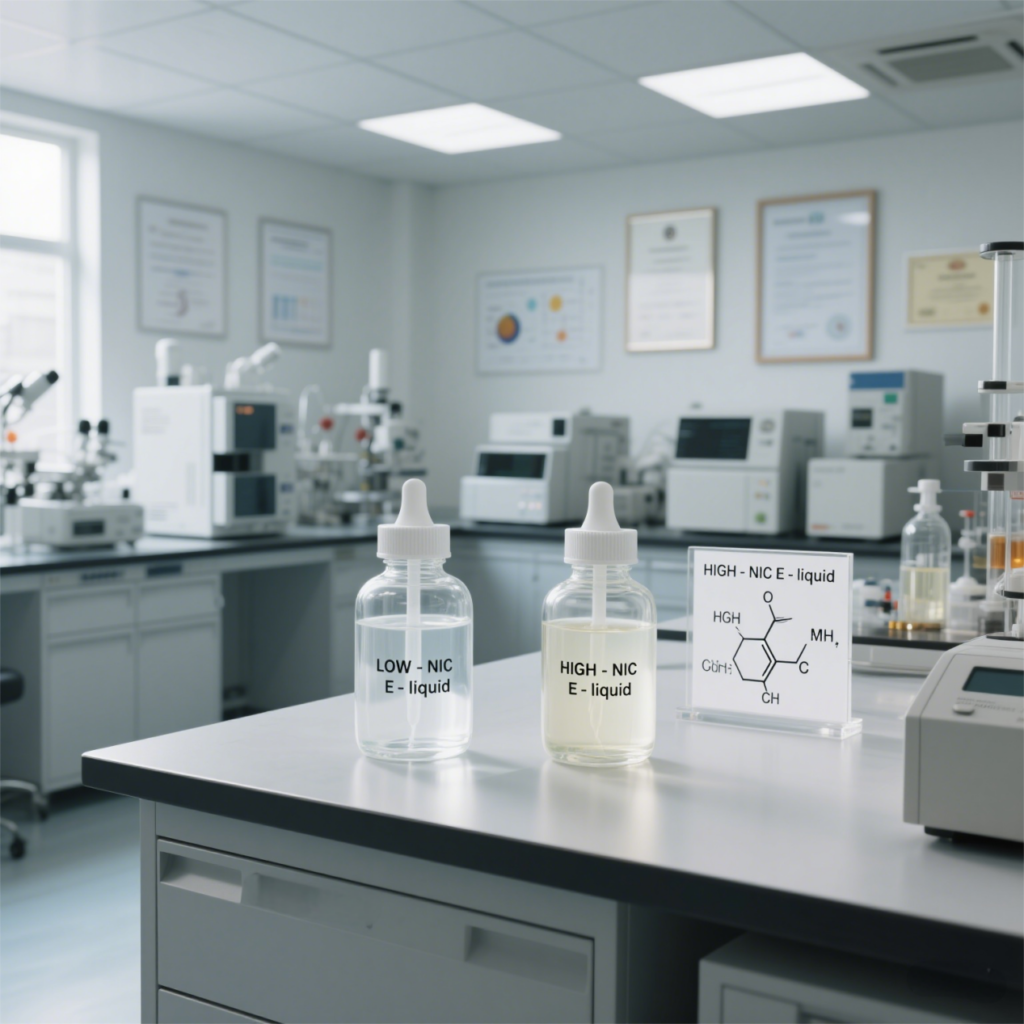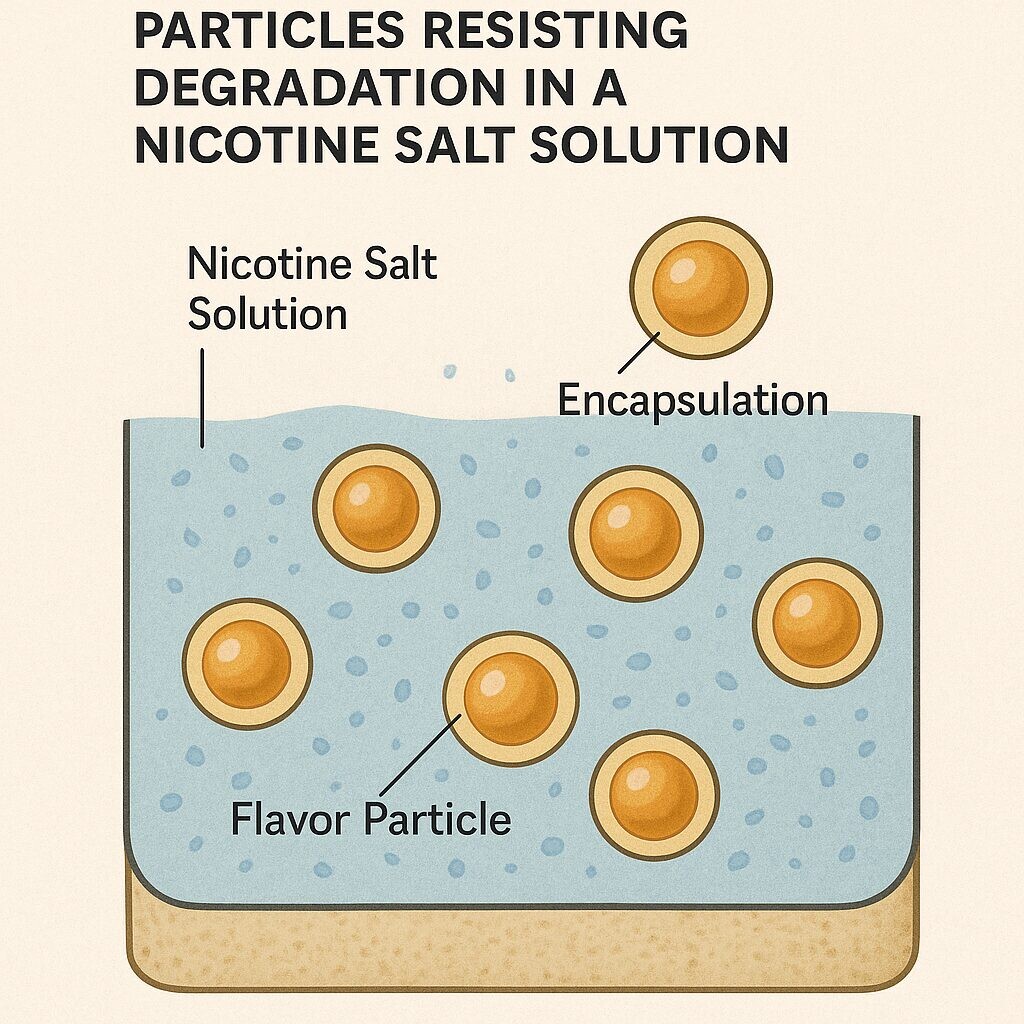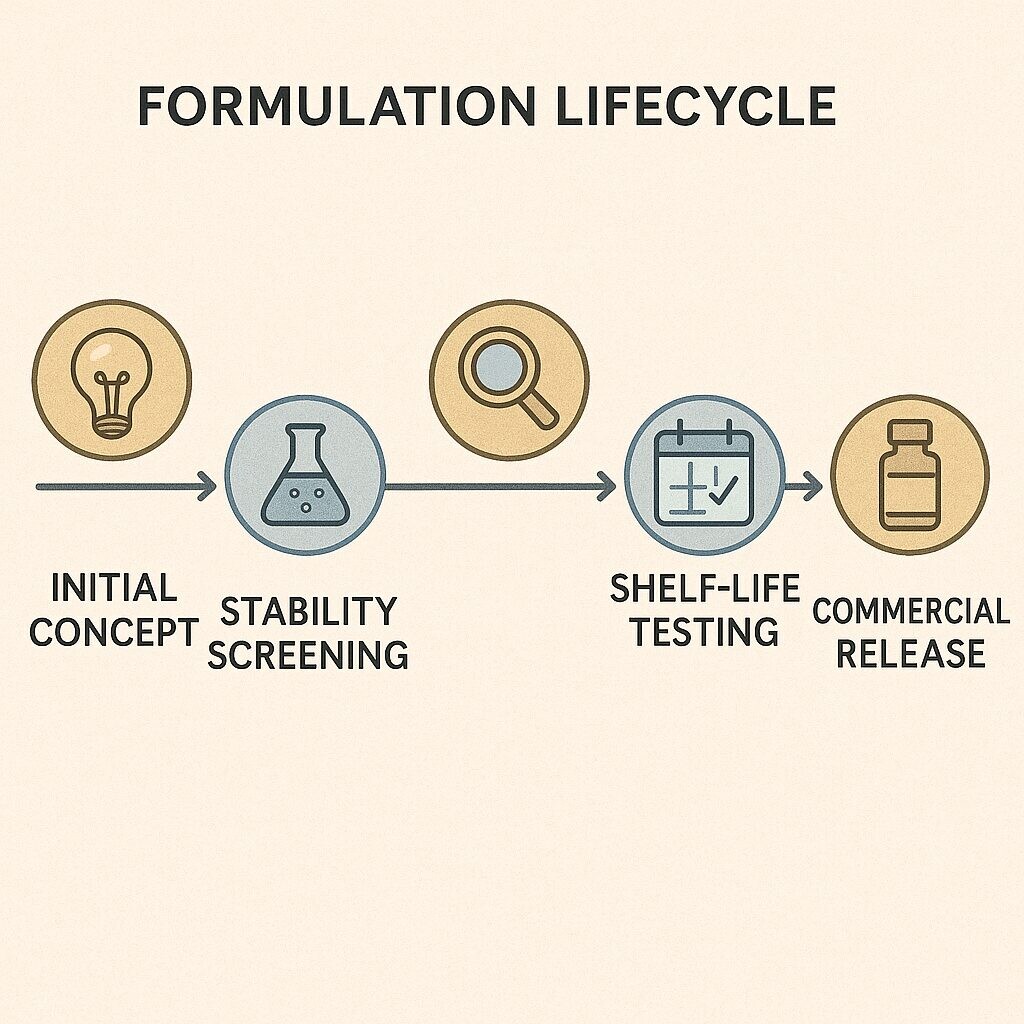The vaping market continues to shift toward higher-nicotine products, especially nicotine salt e-liquids. While this shift supports nicotine delivery efficiency and smoother throat hits, it also brings a significant challenge to flavor chemists and e-liquid formulators: designing flavorings that can maintain their sensory integrity and chemical stability under the influence of high nicotine concentrations. In this article, we explore the complex interaction between nicotine—especially in salt form—and flavoring compounds, and offer guidelines for achieving robust and appealing flavor profiles in high-nicotine e-liquids. 
Nicotine exists in two primary forms in e-liquids:
High concentrations of nicotine (especially above 30 mg/mL) act as reactive agents:
Nicotine salts suppress the volatility of esters and aldehydes, weakening flavor perception:
Certain flavor types (e.g., mint, cinnamon, cloves) amplify perceived throat harshness when combined with high-nicotine levels.
Nicotine alters how sweeteners, coolants, and bitter blockers are perceived. 
Focus on molecules known for heat and oxidation stability:
Avoid flavor chemicals that degrade quickly:

A reformulation project highlights the challenges:
Key learnings:
High-nicotine e-liquids are no place for generic flavorings. Specialized formulations designed to resist degradation and deliver a clean, consistent flavor profile are essential.
CUIGUAI Flavoring offers purpose-built flavor systems tailored for salt nicotine formulations. Their R&D pipeline emphasizes thermal and oxidative stability, pH neutrality, and sensory integrity under high nicotine stress.
Designing flavorings for high-nicotine e-liquids is as much a science as it is an art. Formulators must take into account chemical interactions, sensory distortions, and consumer preferences to produce flavors that perform well under challenging conditions. With the right strategies—selective ingredient use, encapsulation, pH buffering, and rigorous testing—it is entirely possible to create high-nic e-liquids that are not only stable, but genuinely enjoyable. 
Keywords:
nicotine flavor stability, flavoring for salt nic, flavoring degradation, high-nic e-liquid flavor design, salt nicotine formulation, e-liquid sensory profile.
Article author: Toby Zhu
The business scope includes licensed projects: food additive production. General projects: sales of food additives; manufacturing of daily chemical products; sales of daily chemical products; technical services, technology development, technical consultation, technology exchange, technology transfer, and technology promotion; biological feed research and development; industrial enzyme preparation research and development; cosmetics wholesale; domestic trading agency; sales of sanitary products and disposable medical supplies; retail of kitchenware, sanitary ware and daily sundries; sales of daily necessities; food sales (only sales of pre-packaged food).
Copyright ©Guangdong Unique Flavor Co., Ltd.All Rights Reserved. Privacy Policy